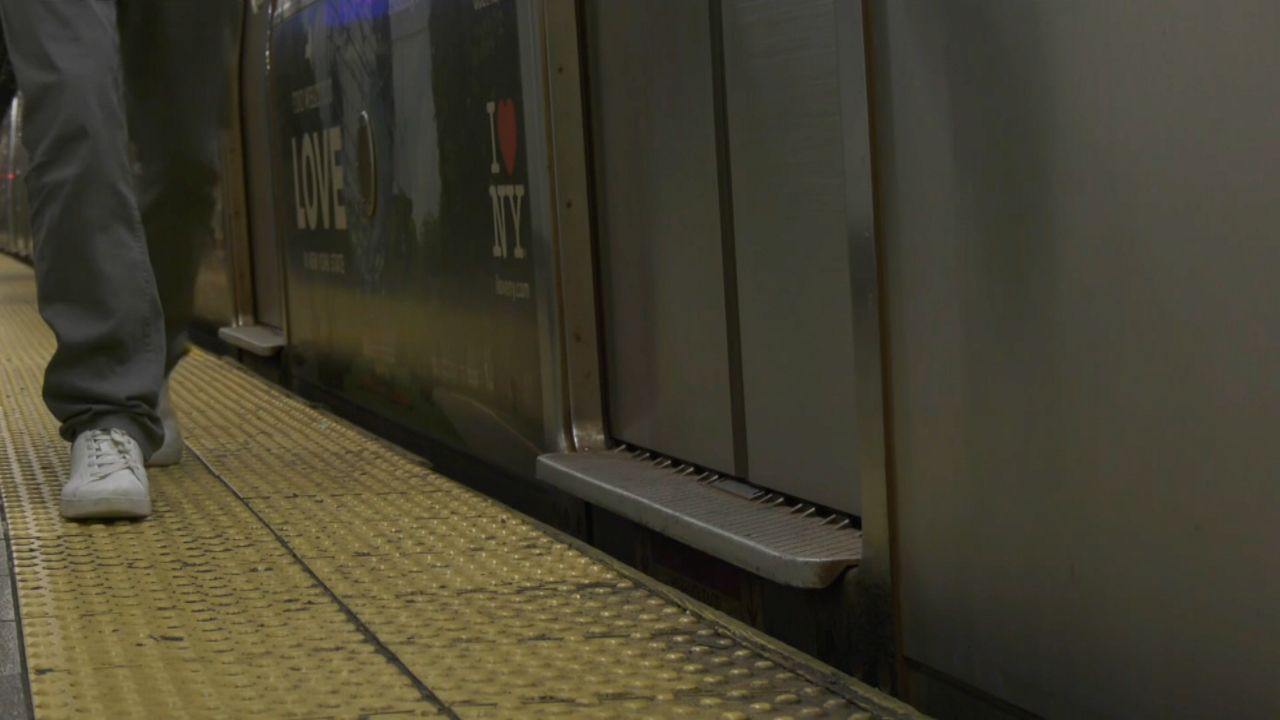Maybe if you have no vision problems or are in a wheelchair, you don’t have to worry about taking the subway into the city.
But if you have a permanent or temporary disability like Anees Mohammed, getting on or off a carriage can be frustrating due to the space between the ramp and the train at stations.
“It’s very difficult. Walk with this every day. Sometimes I get scared because I don’t know if it’s going to fall,” said Jailyn Mohammed.
Because of the gap, people with vision or walking problems have filed a collective legal action against the MTA, arguing that it is difficult for them to take this transportation system.
“It was more of a problem when I was in a wheelchair, but now that I’m in a walker it’s not that much. However, I can’t imagine an elderly or permanently confined person in a wheelchair,” said Anees Mohammed, who while not one of the plaintiffs, he sees him with kind eyes.
The lawsuit was filed by the firm: “New York Lawyers for the Public Interest” in the Supreme Court of Manhattan. He accuses the Metropolitan Transportation Authority of violating the city’s human rights law by not eliminating the vertical and horizontal spaces of several centimeters and tries to force the agency to find solutions.
“I pushed him into the wheelchair, and it was very difficult to get on the train because I was alone and he, with his problems, couldn’t do it,” added Jailyn.
In June, the MTA succumbed in court to a request from users with the same characteristics.
And in 2012, the agency recognized that distances should never exceed 2 inches vertically and 4 inches horizontally on sections of the deck designated as wheelchair accessible.
Jailyn remembers with horror when her husband used one and is still scared.
“I don’t know if there’s a lot of time to get on the train ‘so’ I’m scared. There is no time and space is very large.
In 2013, a report identified 91 stations on various lines, where trains had excessive vertical and horizontal gaps.
In the request that the MTA relinquished, it also promised to remodel 95% of the terminals and provide them with elevators. But for 2055.
“It’s frustrating and makes you wonder how the funds are actually allocated and what kind of repairs they are being used for,” Anees said.
Faced with the pending litigation, an MTA spokesperson declined to comment on the latter lawsuit.


